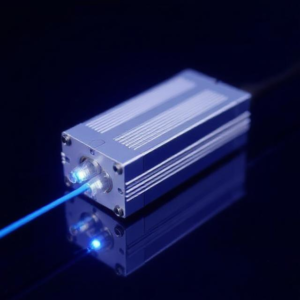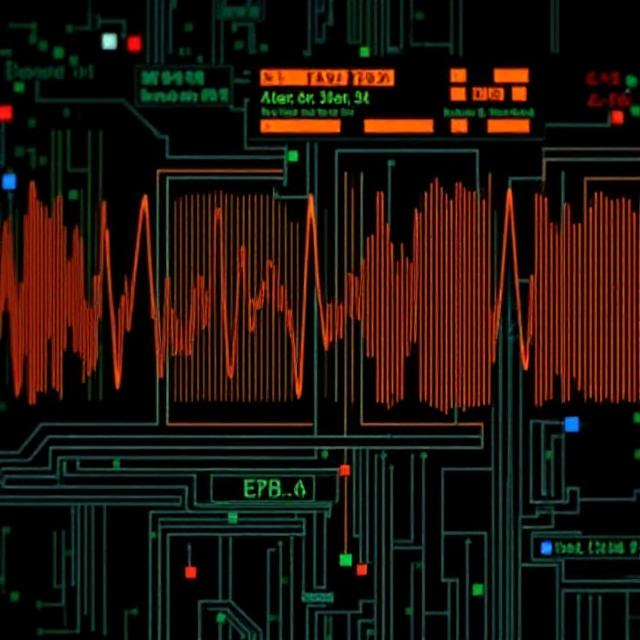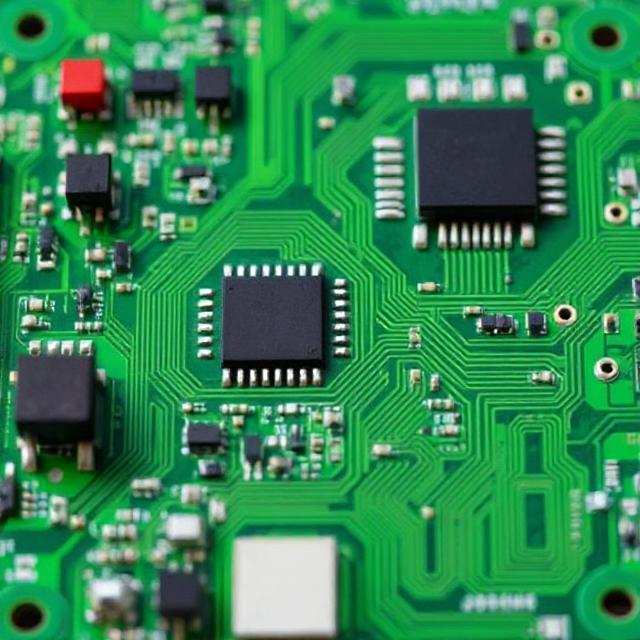Nano-materials are materials that are extremely small—on the scale of nanometers (one nanometer is one billionth of a meter). When materials are this small, their properties can change in surprising ways. These properties can make them useful for many advanced technologies. In this explanation, we’ll look at three types of nano-materials: nano-optical materials, nano-magnetic materials, and nano-electronic materials. nano-materials are helping to make things smaller, faster, more efficient, and more powerful, revolutionizing everything from electronics to medicine.
Nano-Optical Materials :
Optical materials are those that interact with light. “Nano-optical” materials are materials at the nanoscale that can manipulate light in unique ways. At this tiny size, these materials can have special properties that normal materials don’t have.
At the nanoscale, the interaction of light with matter can behave differently than at larger scales. The properties of light, like color and intensity, can be controlled more precisely.

Example:
One of the coolest properties of nano-optical materials is their ability to create plasmonic effects. Plasmons are waves of electrons that move on the surface of a material when light hits it. Nano-materials, like gold or silver nanoparticles, can focus light in ways that larger materials can’t, which has led to developments in super-small lenses, better microscopes, and even more efficient solar panels.
Applications of Nano-Optical Materials:
- Improved lenses for better imaging or microscopes.
- Solar cells that absorb light more efficiently.
- Light-based sensors that detect specific chemicals or biological materials.
Nano-Magnetic Materials:
Magnetic materials are materials that are influenced by magnetic fields. Nano-magnetic materials are magnetic materials that are made at the nanoscale. At this small size, magnetic properties can behave in ways that are very different from regular-sized magnets.
- Why does size matter? At the nanoscale, the alignment of the magnetic particles can become very sensitive to things like temperature or external magnetic fields. This allows nano-magnetic materials to be used in a variety of new applications.
Example:
One of the most exciting examples of nano-magnetic materials is their use in data storage. Traditional hard drives use magnetic materials to store data, but nano-magnetic materials can pack more data into smaller spaces, leading to smaller, faster, and more efficient data storage devices.
Applications of Nano-Magnetic Materials:
- Data storage: Nano-sized magnetic particles can store more data in a smaller space.
- Magnetic sensors: These are used in things like GPS systems or medical devices (like MRI machines).
- Cancer treatment: In medicine, nano-magnetic particles can be used to target and treat cancer cells using magnetic fields.
Nano-Electronic Materials :
Electronic materials are those that conduct electricity and are used in devices like computers, smartphones, and other electronics. Nano-electronic materials are materials at the nanoscale that allow electricity to flow in unique ways, and because they are so small, they can make electronic devices much smaller, faster, and more powerful.
- Why does size matter? At the nanoscale, the behavior of electrons (the particles that carry electricity) can be influenced by the size and shape of the material. This means that nano-electronic materials can help create devices that use much less power while being much faster and more efficient.
Example:
One of the most exciting areas of nano-electronics is the development of transistors. Transistors are the building blocks of electronic circuits and are used in everything from computers to phones. At the nanoscale, these transistors can become incredibly small and efficient, enabling more powerful electronics that consume less energy.
Applications of Nano-Electronic Materials:
- Faster computers: Smaller, more efficient transistors lead to faster and more powerful computers.
- Flexible electronics: Nano-electronic materials are being used to create bendable or stretchable electronics, like flexible screens or wearable devices.
- Low-energy devices: These materials can help create devices that use much less electricity, which is important for making things like phones or sensors that last longer on a single battery charge.
Summary:
- Nano-optical materials control light in unique ways, enabling better lenses, more efficient solar cells, and advanced sensors.
- Nano-magnetic materials are magnetic materials at the nanoscale, useful for improving data storage, creating better sensors, and even helping with medical treatments.
- Nano-electronic materials enable faster, smaller, and more energy-efficient electronic devices, leading to advancements in computers, flexible gadgets, and low-energy devices.











